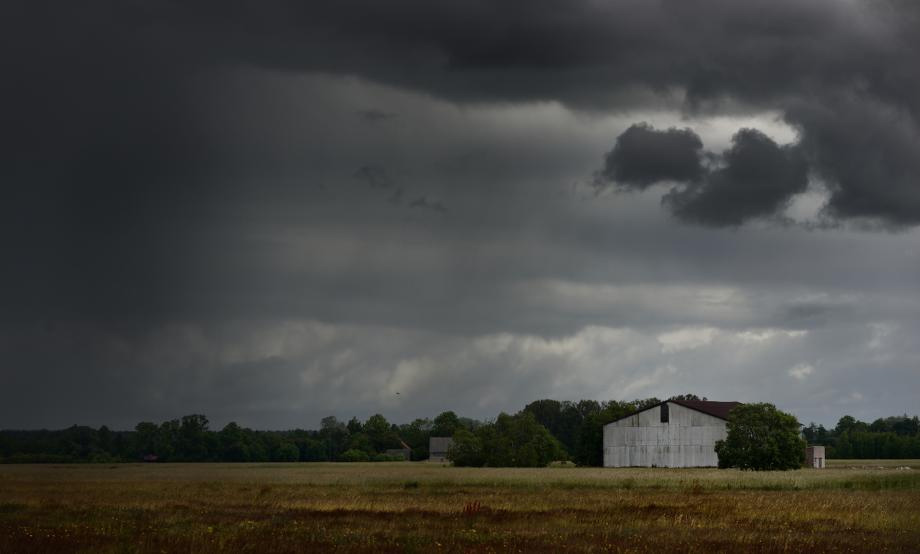In Alberta, it’s important to be prepared for any type of weather. Summer brings warmer weather, but we also see an increase in hail, storms and the frequency of tornado warnings and watches. On average, Alberta sees a dozen tornadoes each year. While most of these tornadoes are small or don’t touch down, they can have devastating effects on homes and communities. In this blog let’s take a moment to learn more about those funnel clouds on the horizon, and what to do if you see one.
Let’s start with the facts. A tornado is formed when an area of warm, moist air and cool, dry air meet. This can happen in the months of June and July in Canada when a thunderstorm strikes after a hot summer day. When the two types of air meet and mix, they create instability in the atmosphere that causes a vortex of violently rotating winds that can damage property, injure people and move heavy objects and buildings.
Signs of a Tornado
If a tornado is forming near you, you will often see dark greenish or orange-grey skies, large hail and large, dark, low-lying, rotating or funnel-shaped clouds. Canada also has a Public Alert system that will broadcast tornado watches and tornado warnings across television, radio and the internet. A tornado watch means the potential exists for the development of tornadoes. With a tornado watch, you should keep up to date on current weather situations but don’t need to do anything right away. A tornado warning requires more immediate action and should be taken seriously. If there is a tornado warning, here are some tips to help you prepare.
During a Tornado
- Take shelter. Move to a safe location in a sturdy building. The biggest hazard in a tornado is flying debris, so it is best to get as low as possible - go to a basement or lower level of the building. Stay away from windows, outside walls and doors. Stay sheltered until it is safe to leave.
- Find a low-lying area. If you are outside and are unable to get to shelter, lie flat in a ditch or a low-lying area.
- Get out. If you are in a vehicle or a mobile home, immediately get out head for a safe place as outlined above. It is unsafe to stay in your vehicle as it could be picked up, blown over or roll over you.
After a tornado
- Watch for hazards. Stay away from damaged areas and fallen power lines. Keep an eye out for broken glass, debris and dangerous areas.
- Check on your loved ones. After a tornado, check on others nearby, especially vulnerable neighbours, family and friends. Make sure to comfort your pets.
- Stay up-to-date. Listen to the radio for further information and instructions.
- Inspect your home. Carefully look around the outside of your home for damage. Once your home has been declared safe to re-enter by local authorities, you can inspect in the interior as well.
Tornadoes do happen in Alberta, but luckily most of the tornadoes spotted in our area are small and rarely fully touch down. It is still important to be prepared for any situation. With these simple tips in mind, you’ll be able to safely make it through an unexpected emergency if it occurs.

